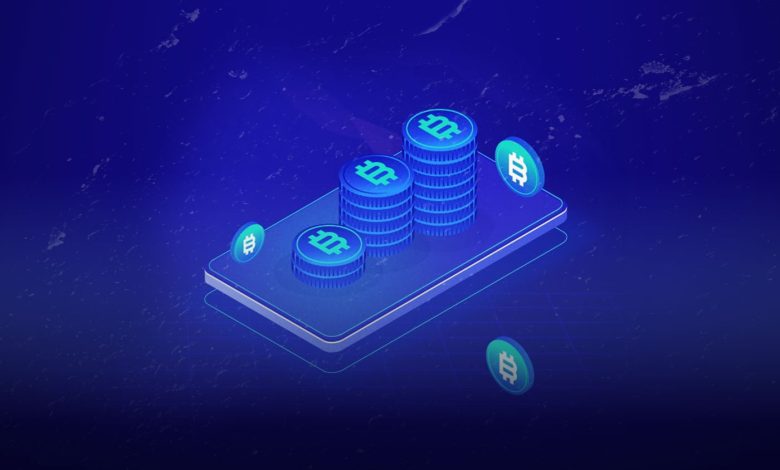Exploring Proof of Reserve: How Does It Work?

CZ‘s introduction of the idea of “Proof of Reserve” to the agenda set off the current events, drawing the interest of several businesses and investors. But what exactly is Proof of Reserve?
A bombshell impact was caused in the Bitcoinmarket by the bankruptcy of FTX, one of the largest cryptocurrency exchanges. Investors were first exposed to the idea of “Proof of Reserve” by the circumstances surrounding this bankruptcy.
Binance CEO Changpeng Zao (CZ) indicated that they would utilize a “Proof of Reserve” audit to provide complete transparency of asset management in these times of fear and panic. The events were started by CZ, who also introduced the idea of “Proof of Reserve” to the table and garnered the interest of several businesses and investors.
What is Proof of Reserve?
The concept behind Proof of Reserve (PoR)may be summed up asthat cryptocurrency exchangesor custodians should submit the reserves they claim to hold for public approvalor audit. This theory states that in order to demonstrate their liabilities, businesses and users must connect their balance to a financial asset, they may use to generate cash.
The data structure Merkle Tree, created to encrypt blockchain data, is utilized in the Proof of Reserves review, which is the concept of backing digital assets kept on exchanges with assets having actual liquidity value.

What Does Proof of Reserve Do?
Proof of Reserve is currently a required control method for businesses that store digital assets, ensuring that users’ digital assets are secure, supported by real assets, and not misused.
How, then, does this control function? For Proof of Reserve, the crypto-asset holding business or exchange works with a third-party auditor, and as part of this cooperation, third-party reports are transformed using the Merkle trees approach into a cryptographic structure. This method encrypts and uniquely identifies asset data. Then, using the exchange’s digital signatures, it is validated on open blockchains. To check whether their own assets are validated, consumers must utilize different systemswhich must be set up. The Merkle source will likewise be impacted by any changes to the data.
Notwithstanding these flaws, Proof of Reserve can temporarily boost market confidence. This strategy could become a more effective defense mechanism when the system is improved over time. For the market to recover, evidence of reserve audits might serve as a solid foundation.
You might interested:




